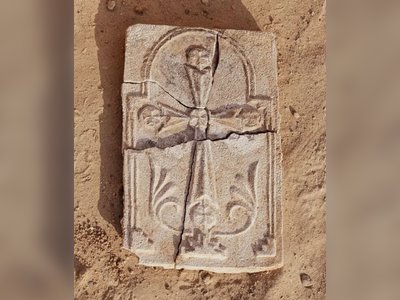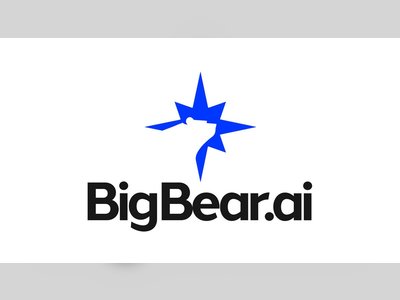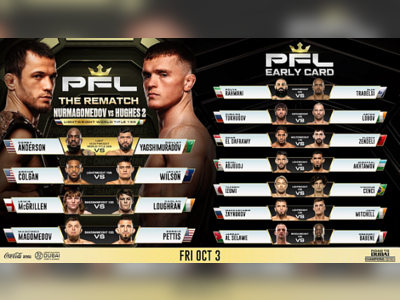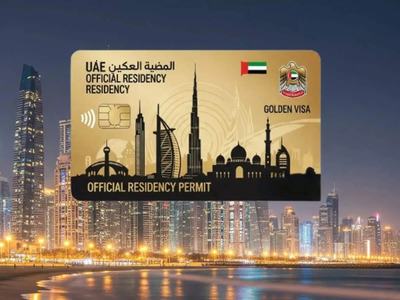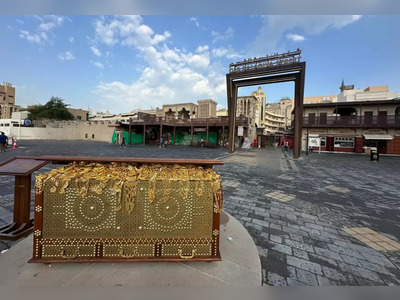YouTube Altered Content by Artificial Intelligence – Without Permission
Creators report AI retouching of their videos without consent, raising concerns over transparency and trust.
Two popular American YouTubers recently noticed unexplained changes in their videos, discovering that YouTube had been quietly using artificial intelligence to automatically edit content without informing creators or audiences.
The company has since acknowledged that the practice is part of a limited experiment, but the development has sparked troubling questions.
YouTube has been enhancing videos of top creators using AI-driven adjustments, effectively retouching footage without request.
The first to identify the alterations were Rick Beato and Rhett Shull, both musicians with millions of subscribers.
Beato, a music teacher, producer, and well-known musician with more than five million followers, said he initially thought he was imagining things when his hair appeared unusual and his face looked as if it had makeup applied in a recent video.
Further examination confirmed AI-driven edits.
The adjustments are subtle, often going unnoticed by casual viewers.
Clothing folds appear sharper, facial skin looks smoother or differently highlighted, and even ear shapes can be altered.
Shull, a guitarist and YouTuber, said the changes disturbed him: “It looks like something created by AI.
It bothers me because it could erode the trust I have with my audience.”
Complaints about altered videos first surfaced on social media in June, but only after the reports by these creators did YouTube admit it had been experimenting with changes on a limited number of Shorts.
Rene Ritchie, YouTube’s head of creator relations, confirmed in a post on X that the company was running a test using what he called “traditional machine learning” to clarify, denoise, and enhance video brightness during processing, similar to what modern smartphones do.
This explanation drew criticism from experts, including Samuel Woolley of the University of Pittsburgh, who argued that using the phrase “machine learning” downplayed the fact that the changes relied on artificial intelligence.
“Machine learning is a subfield of AI,” Woolley pointed out.
The incident highlights a wider trend in which increasing portions of digital reality are pre-processed by artificial intelligence before reaching audiences.
Technology companies such as Samsung and Google have already been employing AI in smartphone cameras for years, with Samsung acknowledging the use of AI to enhance photographs of the moon and Google’s Pixel “Best Take” feature combining facial expressions from multiple photos to create a single image.
“This is a case of a company manipulating creators’ content and distributing it to the public without consent,” Woolley said.
While photo editing tools and social media filters are long established, critics warn that AI-driven edits at the platform level add a new layer of mediation between audiences and the media they consume.
Beato, however, took a more positive stance.
“YouTube is always working on new tools and experimenting.
They are a leading company, and I have nothing bad to say about them.
YouTube changed my life,” he said.
Yet for viewers, the fact that content was altered without disclosure raises concerns.
Even if the changes are minor, critics argue that once YouTube normalizes AI edits without transparency, it creates the possibility of much more significant alterations in the future.
Although YouTube is primarily an entertainment platform, it also hosts channels focused on news, information, and education—areas where accurate representation of reality remains essential.
The company has since acknowledged that the practice is part of a limited experiment, but the development has sparked troubling questions.
YouTube has been enhancing videos of top creators using AI-driven adjustments, effectively retouching footage without request.
The first to identify the alterations were Rick Beato and Rhett Shull, both musicians with millions of subscribers.
Beato, a music teacher, producer, and well-known musician with more than five million followers, said he initially thought he was imagining things when his hair appeared unusual and his face looked as if it had makeup applied in a recent video.
Further examination confirmed AI-driven edits.
The adjustments are subtle, often going unnoticed by casual viewers.
Clothing folds appear sharper, facial skin looks smoother or differently highlighted, and even ear shapes can be altered.
Shull, a guitarist and YouTuber, said the changes disturbed him: “It looks like something created by AI.
It bothers me because it could erode the trust I have with my audience.”
Complaints about altered videos first surfaced on social media in June, but only after the reports by these creators did YouTube admit it had been experimenting with changes on a limited number of Shorts.
Rene Ritchie, YouTube’s head of creator relations, confirmed in a post on X that the company was running a test using what he called “traditional machine learning” to clarify, denoise, and enhance video brightness during processing, similar to what modern smartphones do.
This explanation drew criticism from experts, including Samuel Woolley of the University of Pittsburgh, who argued that using the phrase “machine learning” downplayed the fact that the changes relied on artificial intelligence.
“Machine learning is a subfield of AI,” Woolley pointed out.
The incident highlights a wider trend in which increasing portions of digital reality are pre-processed by artificial intelligence before reaching audiences.
Technology companies such as Samsung and Google have already been employing AI in smartphone cameras for years, with Samsung acknowledging the use of AI to enhance photographs of the moon and Google’s Pixel “Best Take” feature combining facial expressions from multiple photos to create a single image.
“This is a case of a company manipulating creators’ content and distributing it to the public without consent,” Woolley said.
While photo editing tools and social media filters are long established, critics warn that AI-driven edits at the platform level add a new layer of mediation between audiences and the media they consume.
Beato, however, took a more positive stance.
“YouTube is always working on new tools and experimenting.
They are a leading company, and I have nothing bad to say about them.
YouTube changed my life,” he said.
Yet for viewers, the fact that content was altered without disclosure raises concerns.
Even if the changes are minor, critics argue that once YouTube normalizes AI edits without transparency, it creates the possibility of much more significant alterations in the future.
Although YouTube is primarily an entertainment platform, it also hosts channels focused on news, information, and education—areas where accurate representation of reality remains essential.


